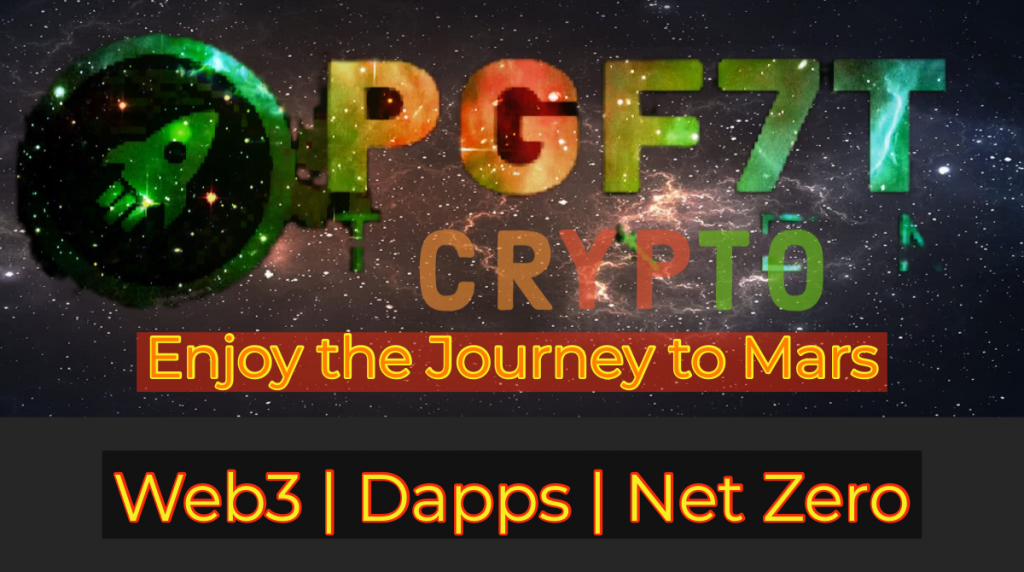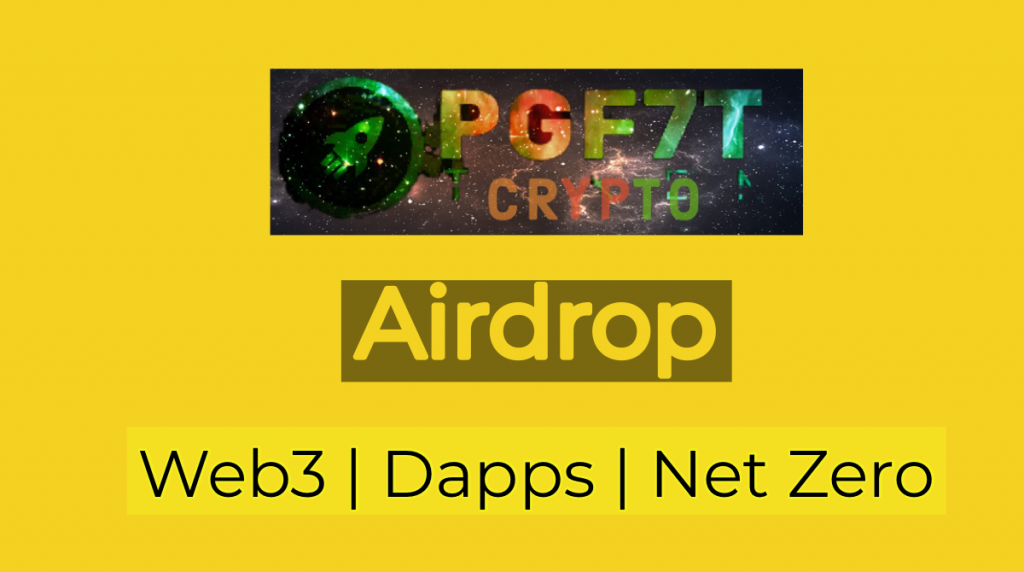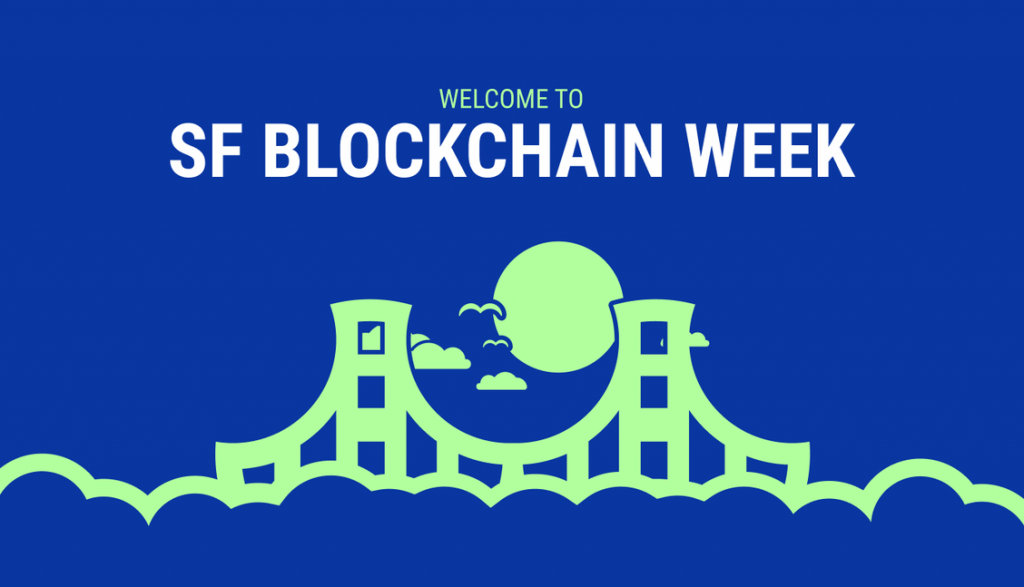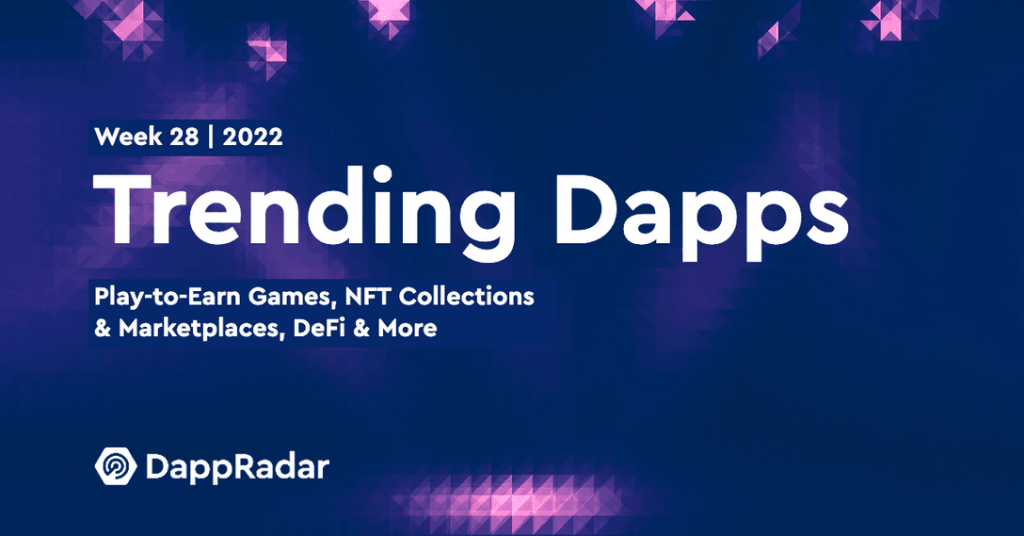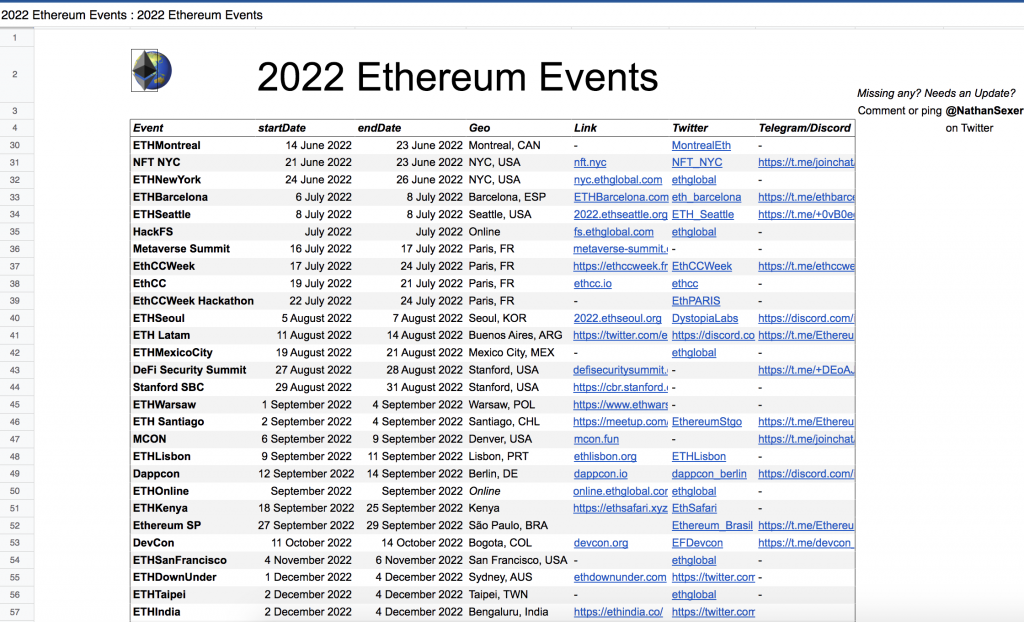KEY POINTS
Most people think that back-to-back negative GDP quarters constitute a recession, but that’s not the case.
The National Bureau of Economic Research is the official arbiter of recessions, and uses multiple other factors in making its determination.
“The NBER would be laughingstocks if they said we had a recession when we were creating 400,000 jobs a month,” said Dean Baker, co-founder of the Center for Economic and Policy Research.
~~~
Everyone who cares knows that recessions happen when there are two consecutive quarters of negative growth — everyone, that is, except for the people who actually decide when the economy is in recession.
For those folks, at the National Bureau of Economic Research, the definition of recession is much squishier.
Officially, the NBER defines recession as “a significant decline in economic activity that is spread across the economy and lasts more than a few months.”
The bureau’s economists, in fact, profess not even to use gross domestic product, the broadest measure of activity, as a primary barometer.
That’s important, because data coming Thursday could indicate the U.S. saw its second straight negative-growth period in the second quarter. Even though every period since 1948 of two consecutive negative quarters has coincided with a recession, that may not happen this time.
.
Why? It’s complicated.
“The NBER would be laughingstocks if they said we had a recession when we were creating 400,000 jobs a month,” said Dean Baker, co-founder of the Center for Economic and Policy Research. “I can’t even imagine they would think for a second that we’re in a recession.”
Indeed, nonfarm payrolls grew an average 457,000 a month during the first six months of the year, hardly conditions associated with an economic downturn.
Moreover, there are 11.3 million job openings and just 5.9 million available workers to fill them, indicating hiring should continue to be strong.
.
The case for recession
But there have been downsides as well.
Consumer spending on a dollar level has been solid, but when adjusted for a 40-year high for inflation it has been much less so. The U.S. trade deficit hit a record high in March, another negative for GDP. Inventories have lagged, which also hurts growth as it is measured by the Bureau of Economic Analysis.
.
Here’s how to know if we’re in a recession, and it’s not what you think
.
——



